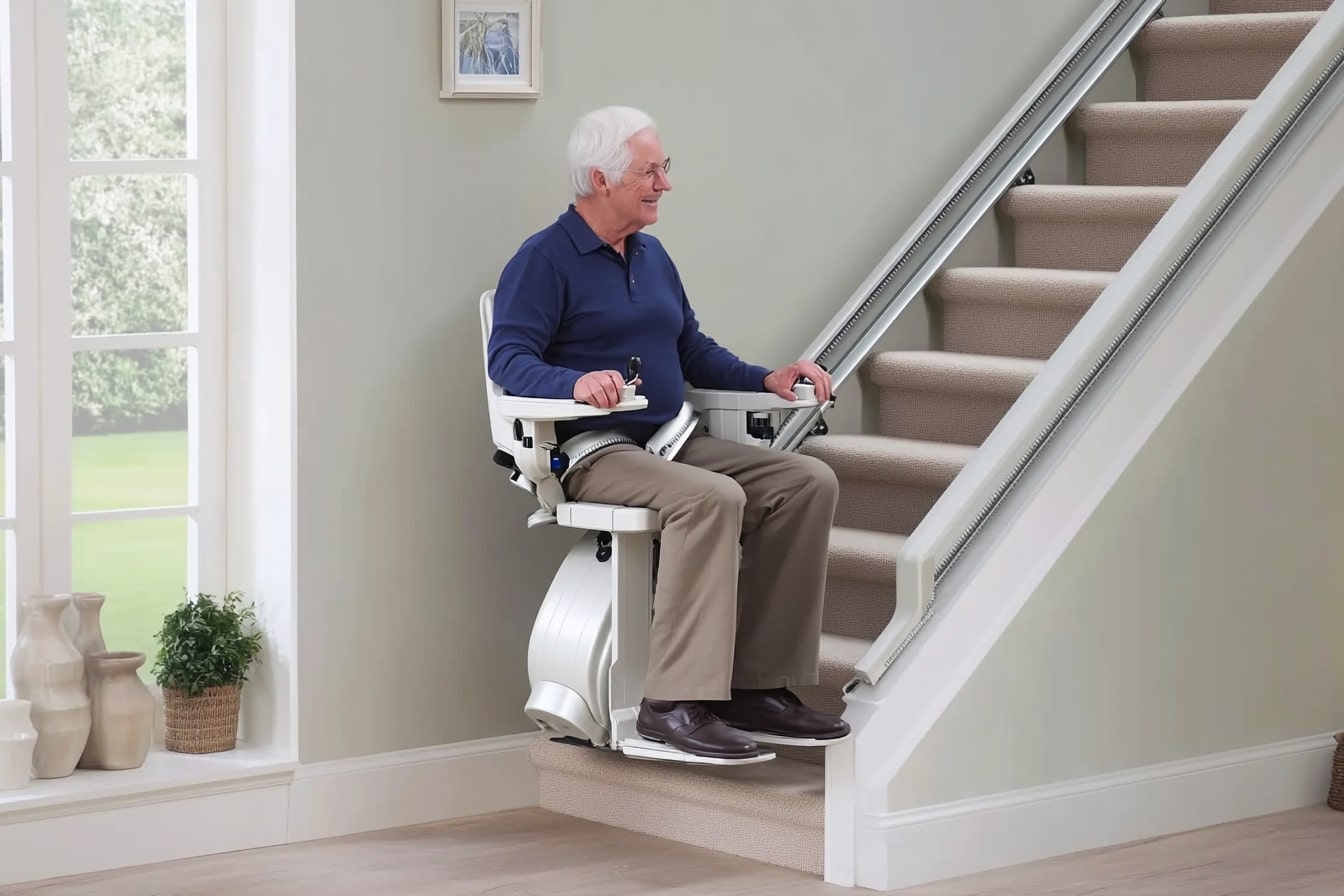Effective Tardive Dyskinesia Treatment Options – Know Your Choices (UK Edition)
Tardive dyskinesia (TD) is a challenging neurological disorder characterized by involuntary, repetitive movements that can significantly impact quality of life. For those living with this condition in the UK, understanding the available treatment pathways is crucial for effective management. This comprehensive guide explores the signs, impact, and treatment options specifically available within the National Health Service (NHS) and private healthcare systems across the United Kingdom, empowering patients and their families to make informed decisions about care options.

Recognising the Signs of Tardive Dyskinesia
Tardive dyskinesia manifests through distinct involuntary movements that typically affect the face, mouth, and limbs. Common signs include grimacing, lip smacking, tongue protrusion, and rapid blinking. In more severe cases, patients may experience involuntary movements of the arms, legs, fingers, and toes. These movements often occur rhythmically and can vary in intensity throughout the day, sometimes worsening during periods of stress or fatigue. It’s important to understand that TD symptoms can be subtle at first, making early recognition challenging. Many patients initially dismiss mild symptoms as temporary muscle spasms or nervousness, which can delay proper diagnosis and intervention.
How Tardive Dyskinesia Affects Everyday Life
The impact of tardive dyskinesia extends far beyond physical symptoms, affecting nearly every aspect of daily functioning. Many individuals with TD report difficulties with basic tasks like eating and speaking, as uncontrolled facial movements can interfere with chewing and clear articulation. Social interactions often become challenging, with many patients experiencing heightened anxiety and self-consciousness in public settings. A significant proportion of TD patients withdraw from social activities altogether, leading to isolation and potentially worsening mental health conditions. Employment challenges are also common, particularly in roles requiring fine motor skills or public interaction. For some, the visible nature of TD symptoms leads to perceived stigma and discrimination, further compounding psychological distress.
When Do Symptoms Appear?
Tardive dyskinesia typically develops after prolonged use of certain medications, particularly antipsychotics and some gastrointestinal drugs. The timeline for symptom emergence varies considerably among patients. Most commonly, TD symptoms appear after months or years of continuous medication use, though in rare cases, they may develop within weeks of starting treatment. Risk factors that may accelerate symptom onset include advanced age, female gender, mood disorders, and higher medication dosages. An important consideration for UK patients is that symptoms can persist even after discontinuation of the causative medication, with approximately 30% of patients experiencing permanent TD even after the triggering medication is withdrawn.
Diagnosing and Monitoring Tardive Dyskinesia
UK healthcare providers employ several validated approaches to diagnose and track TD progression. The initial assessment typically involves a thorough neurological examination and detailed medication history review. The Abnormal Involuntary Movement Scale (AIMS) serves as the primary standardized tool for TD assessment throughout the NHS, scoring the severity of movements across multiple body regions. In cases where diagnosis remains unclear, specialists may order additional investigations such as MRI scans to rule out other movement disorders with similar presentations. Following diagnosis, regular monitoring is essential as TD symptoms can fluctuate over time. UK guidelines recommend assessment intervals of 3-6 months for patients on antipsychotics, with more frequent monitoring for those showing early signs of TD.
What Are the Current Treatment Options in the UK?
The NHS offers several evidence-based approaches for managing tardive dyskinesia. The primary intervention is often medication adjustment - either reducing the dose of the causative drug, switching to an alternative with lower TD risk, or discontinuing the medication when clinically appropriate. Second-generation (atypical) antipsychotics generally carry a lower risk of TD compared to first-generation options. Pharmacological treatments specifically approved for TD management in the UK include tetrabenazine, which works by depleting dopamine in the central nervous system. VMAT2 inhibitors like valbenazine and deutetrabenazine, while approved in other countries, have limited availability in the UK and typically require special funding approval.
For patients with severe, treatment-resistant TD, deep brain stimulation may be considered in specialized NHS centres, though this is generally reserved for the most severe cases. Complementary approaches through the NHS may include physical therapy, occupational therapy, and speech therapy to address specific functional impairments.
Treatment Costs and Provider Options in the UK
Treatment costs for tardive dyskinesia vary significantly based on whether care is accessed through the NHS or privately. NHS treatment pathways typically involve no direct cost to the patient beyond standard prescription charges (currently £9.90 per item in England, with exemptions for certain groups).
| Treatment Option | NHS Availability | Private Cost (Estimated) | Notes |
|---|---|---|---|
| Medication Adjustment | Widely available | Standard prescription charges | First-line approach |
| Tetrabenazine | Available with specialist approval | £120-300 monthly | Side effects may limit use |
| VMAT2 Inhibitors | Limited availability | £1,000-1,500 monthly | Often requires special funding |
| Physical/Occupational Therapy | Available with referral | £50-100 per session | Waiting lists may apply |
| Deep Brain Stimulation | Very limited availability | £25,000-40,000 | For severe cases only |
Prices, rates, or cost estimates mentioned in this article are based on the latest available information but may change over time. Independent research is advised before making financial decisions.
Private treatment options are available through neurological specialists at major private healthcare providers like BUPA, Nuffield Health, and Spire Healthcare. While these services offer reduced waiting times and potentially greater access to newer medications, costs are substantial and typically not covered by basic private health insurance policies without specific neurological coverage.
Conclusion
Managing tardive dyskinesia in the UK requires a comprehensive approach that combines early recognition, careful monitoring, and access to appropriate treatments. While the condition presents significant challenges, the range of options available through both the NHS and private healthcare sectors provides hope for symptom management and improved quality of life. Working closely with healthcare professionals to develop a personalized treatment plan remains the most effective strategy for those affected by this complex condition.
This article is for informational purposes only and should not be considered medical advice. Please consult a qualified healthcare professional for personalized guidance and treatment.




